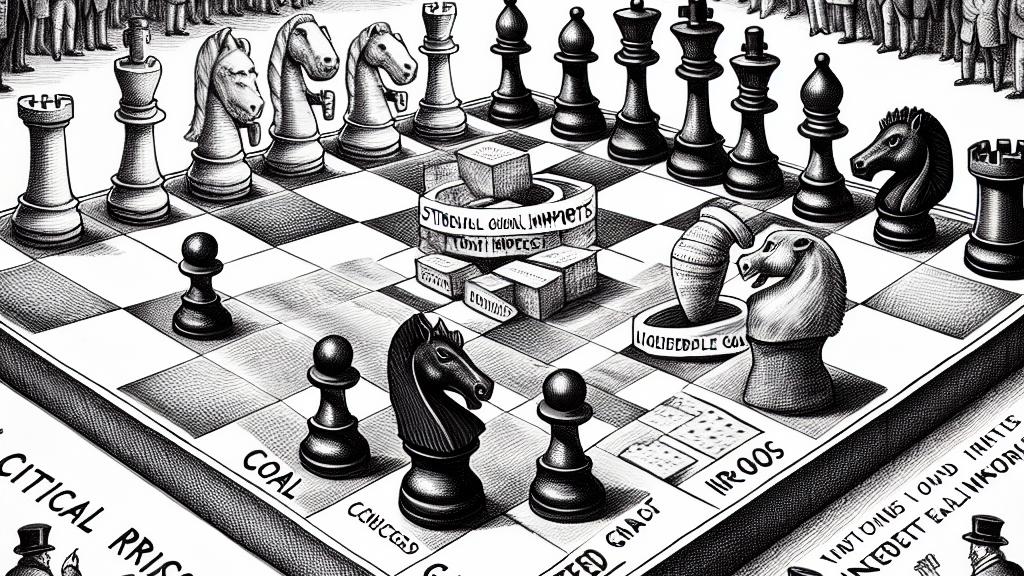Understanding China's Response to US Tariffs
Overview
- China employs a mix of strategic tariffs and diplomatic measures to counter US tariffs effectively.
- Targeting essential American sectors, these actions aim to weaken key economic interests.
- The broader implications could reshape consumer pricing and international trade dynamics.

China's Strategic Moves
In the ongoing trade debate, China’s reaction to US tariffs is calculated and intent-driven. After the US imposed a hefty 10% increase on exports from China, Beijing wasted no time retaliating with its own adjustments. Specifically, it raised tariffs on select US products by 10-15%, including critical imports like coal and liquefied natural gas (LNG). This isn't just a random choice; it's a strategic jab targeting industries that truly matter to American economic interests, thus sending a powerful message. China is playing chess, not checkers, wisely positioning itself in a game characterized by high stakes.
Targeted Retaliation
What makes China’s response particularly riveting is its targeted nature. Instead of launching broadside attacks like the US, Beijing opts for precision strikes. For example, alongside its tariff increases, China has initiated export controls on essential minerals and placed certain American companies on a government blacklist. But perhaps the most striking move is the antitrust investigation into tech behemoth Google. This isn't merely an issue of fair competition; it’s a strategic campaign aimed at unbalancing the scales in favor of Chinese industries while sending a clear signal to the US: we can play this game too and with sophistication.
Impact on the Economy
The fallout from these geopolitical maneuvers reaches everyone, especially consumers. What does this mean for the average shopper? Brace yourself—many experts warn that the costs of everyday goods, from electronics to automobiles, could rise significantly. Imagine walking into a store and discovering that your favorite smartphone now carries a higher price tag solely due to these tariffs. It’s projected that these trade policies might reduce US economic output by 0.4%, and each dollar in tariffs hits families where it hurts—deep in their pockets. Such economic tremors make it clear that the stakes are not just political; they affect lives and livelihoods.
The Larger Picture
As we step back to observe the broader canvas, it’s apparent that these trade tensions weave a complex narrative of international relations. Countries like Canada and Mexico, feeling the ripple effects of similar tariffs, are preparing to employ retaliatory measures of their own. This interconnected web of economies paints a picture where the conflicts of one country can dramatically influence the trade landscape of another. The message is clear: the global economy is intertwined, and every action has a reaction. As nations grapple with these challenges, we must consider the ramifications—the evolving landscape of trade policies and alliances will certainly set the course for how global commerce operates in the years to come.

Loading...